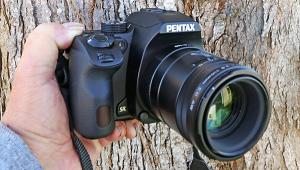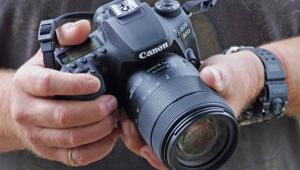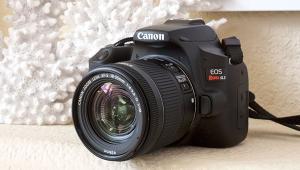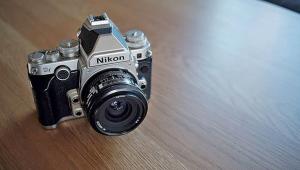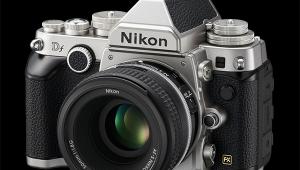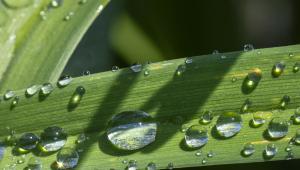Why do so many women, sexy high heels liked it?You will love these beautiful high heels do? shop high heels
Sony’s alpha a55 D-SLT; A New Twist On Design In A 16MP Camera Page 2
There is one gimmick I can offer if you do find yourself in harsh light with the monitor difficult to view, and it’s a variation on the old stop-down metering method. I would open the lens up all the way when I viewed the scene (you can do this with aperture or shutter speed or better yet with exposure compensation on the plus side) then stop it down when it’s time to make the shot. Admittedly, this is for static subjects, but it certainly helped in very harsh lighting conditions.
|
GPS
|
|
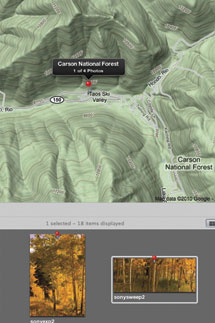 |
|
|
Lab Results
As to noise, the lab at BetterNet said that the a55 tests show very clean and smooth images up to the highest ISO speed settings (ISO 12,800). The luminance noise level remained quite good when put up against similar APS-C sensor cameras and even at ISO 3200 the color noise is on a very low level. The noise filtering showed very good results in their tests. Color smear, which is often a result of this filtering, was nearly invisible. The curve progression of color noise was nearly exactly on the level as the curve progression of the luminance noise. The a55 also showed images with high dynamic range. The maximum range was 11 f/stops, which is a very good result. Even in higher ISO speed settings up to ISO 1600, the dynamic range was between 10 and 10.8 f/stops. The camera uses a digital dynamic range system, which is activated by default.
To continue with lab results, BetterNet told us that the camera showed excellent performance in their color tests. The white balance system showed a slight tendency toward green and yellow nuances (in their GretagMacbeth chart tests) but only in the brightest gray fields. The overall saturation is a bit higher than in images taken with many SLR competitors. Like nearly all Sony cameras, they say, the a55 will reproduce red nuances with very high saturation and with a high yellow/orange boost, behavior that is noticeable in portraits.
According to their tests, resolution results are not as good as the color and noise results, which may be caused by the kit lens. The test camera reproduced the ISO 12,233 chart with 2.672 lines per picture height, which is only an average or “good” result for a 16-megapixel camera with a nominal resolution of 4912x3264 pixels. The camera creates this average result with high sharpness filtering, in fact higher than those of most SLR competitors.
|
Exposure Modes
|
||
 |
 |
|
|
||
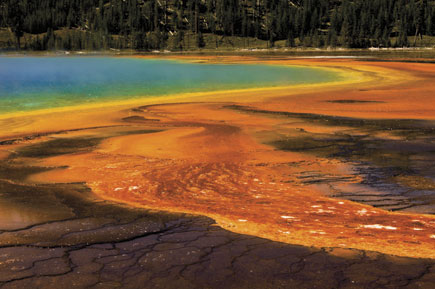 |
|
|
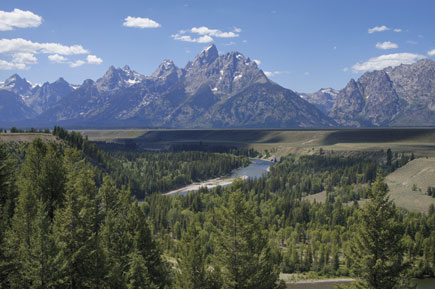 |
|
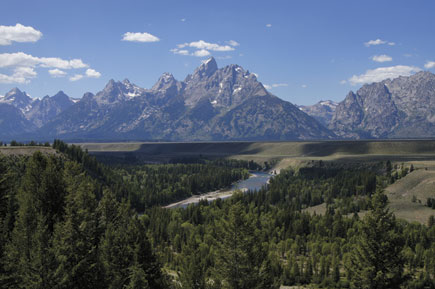 |
|
|
Sharpness decreased to the corners of the image, yet the lab told us that this is on the same level as images taken with the kit lenses of competitors. In other words, while the kit lens is certainly a bargain, only adding $100 to the price when bought in kit form, it is not a bargain in terms of quality. My advice? With a camera this good and with so many features, consider getting it body only and step up with a better quality lens, of which Sony and other makers have plenty.
To quote from their test data in regard to AF performance: “The most important advantage of the new SLT system is the very fast AF system. It offers 15 AF sensors (three cross-type sensors) and showed a very fast performance under all test conditions. Even in Burst mode with up to 10 images per second (full resolution) or in Video mode it was very fast and precise.”
Some other positive feature points include a choice of 3:2 or 16:9 aspect ratio (just a crop with resultant loss of image file information), AVCHD or MPEG4 Movie modes, a very easy to shoot video setup, and, for fun and perhaps nostalgia, the old Minolta eye-start system as an option. There’s also an excellent GPS thrown in for good measure, one that doesn’t need a clip-on or hot shoe accessory.
|
10 Frames Per Second
|
|
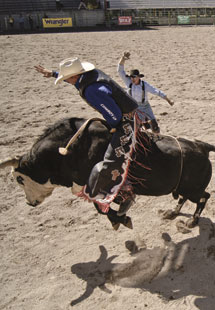 |
|
 |
|
|
Image Processing Options
Now to the second query in our preface—how much image processing in camera can one do or accept and still maintain a degree of personal control over the images made and satisfaction in the overall “photographic” experience? We have already covered Sony’s and other makers’ solutions to contrast problems. In this model it’s Dynamic Range Optimization (DRO, from subtle at Level 1 to extreme at Level 5) and now built-in “HDR” (three rapid shots with one push of the shutter release which are then combined in camera). By the way, both areas are easily selected by pushing the D-Range button atop the camera. The former attempts to solve the problem with a shadow/highlight tonal curve compensation and the latter with combined bracketed exposures.
These, along with numerous other goodies, go to the heart of what digital affords and how it has transformed the craft. Must one forever shoot as if there is slide film loaded in the camera? Are black shadows an indication of a photographic medium? Must one stop shooting from 10 to 3 on a sunny day? The a55 and similar cameras tend to refute these photographic theorems and offer options that bring relief to some, and seem to enrage others. In some cases those options require a nuanced approach or need more development, but in all they say that we need to rethink some of the old ideas of how to make (and particularly expose) an image and under what lighting conditions we can work, and I don’t mean just high ISO in dim light.
I find myself working more in Manual mode with these cameras and that, in a way, brings me back to my old 35mm and medium format days. Indeed, I also tend to shoot these cameras like a medium format, thanks to the articulating monitor and the many viewing options it affords. There is, I suppose, some comfort (nostalgia?) and, even more so, greater shooting flexibility in that way of working, at least for me. But where I really see the change is in the ability to use a very responsive Live View, to work in higher contrast light, to use a very fast framing rate, and to have on call a very accurate AF system under many shooting conditions.
In a sense, cameras like the a55 begin to define a new photographic way of seeing, a new way of defining what can be captured, and, perhaps most profoundly, a new way of previsualizing what will result prior to snapping the shutter. To some all this might take the challenge out of photography; for others it will create new opportunities to make images we haven’t seen before. In all, the a55 begins to create a different photographic atmosphere. It’s a fascinating combination of tools and tricks, with the tricks increasingly becoming an inherent part of the tools.
For more information, contact Sony Electronics Inc. at: www.sonystyle.com.
- Log in or register to post comments


